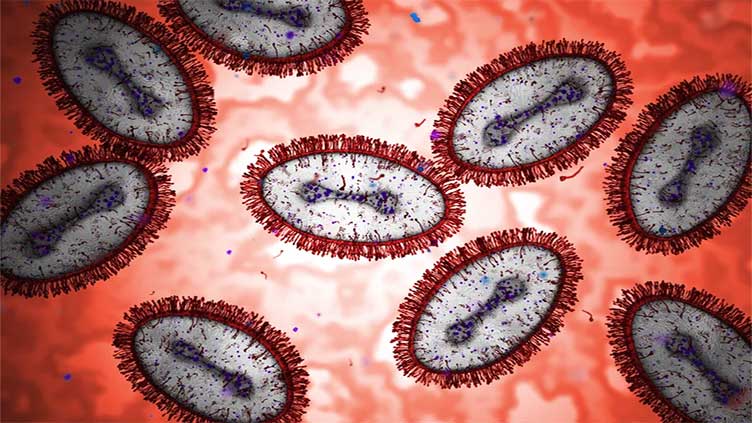Alarming! Scientists identify 30 pathogens that could trigger next pandemic

The pathogens are highly transmissible and virulent, and that no effective treatment is available
(Web Desk) - In an alarming development, the number of pathogens that could potentially trigger the next pandemic has risen to 30.
In an updated list, published by the World Health Organization (WHO), influenza A virus, dengue virus, and monkeypox virus have been identified as ‘priority pathogens’.
The purpose of this list is to boost efforts in developing treatments, vaccines and diagnostics.
The list was prepared based on evidence, indicating the pathogens were highly transmissible and virulent, and that no effective treatment was available.
“The prioritisation process helps identify critical knowledge gaps that need to be addressed urgently,” said Ana Maria Henao Restrepo, who leads the WHO’s R&D Blueprint for Epidemics.
Amidst turbulent global changes, it was necessary to revisit the list over and over again, said Neelika Malavige, an immunologist at the University of Sri Jayewardenepura in Colombo, Sri Lanka, who was involved in the effort.
Over the last two years, more than 200 scientists evaluated over 1,652 pathogen species — mostly viruses, and some bacteria.
After a detailed study, they were able to identify 30 priority pathogens to be included in the list, including SARS-CoV-2 — the virus that caused the global COVID-19 pandemic — and Merbecovirus, which includes the virus that causes Middle East respiratory syndrome (MERS).
Monkeypox virus, which caused a global mpox outbreak in 2022, has also been added to the list.
Its relative, the variola virus, which causes smallpox, has also been included, despite it having been eradicated in 1980. People are no longer receiving vaccination for it, therefore not becoming immune to it.
The virus could potentially be used “by terrorists as a biological weapon”, Malavige warned.
Among those included in the list are half a dozen influenza A viruses, including H5, which sparked an outbreak in cattle in the United States.
Two viruses that jumped from human to human have also been added. Scientists added that climate change and accelerated urbanisation may increase the risk of these viruses getting transmitted en masse.


